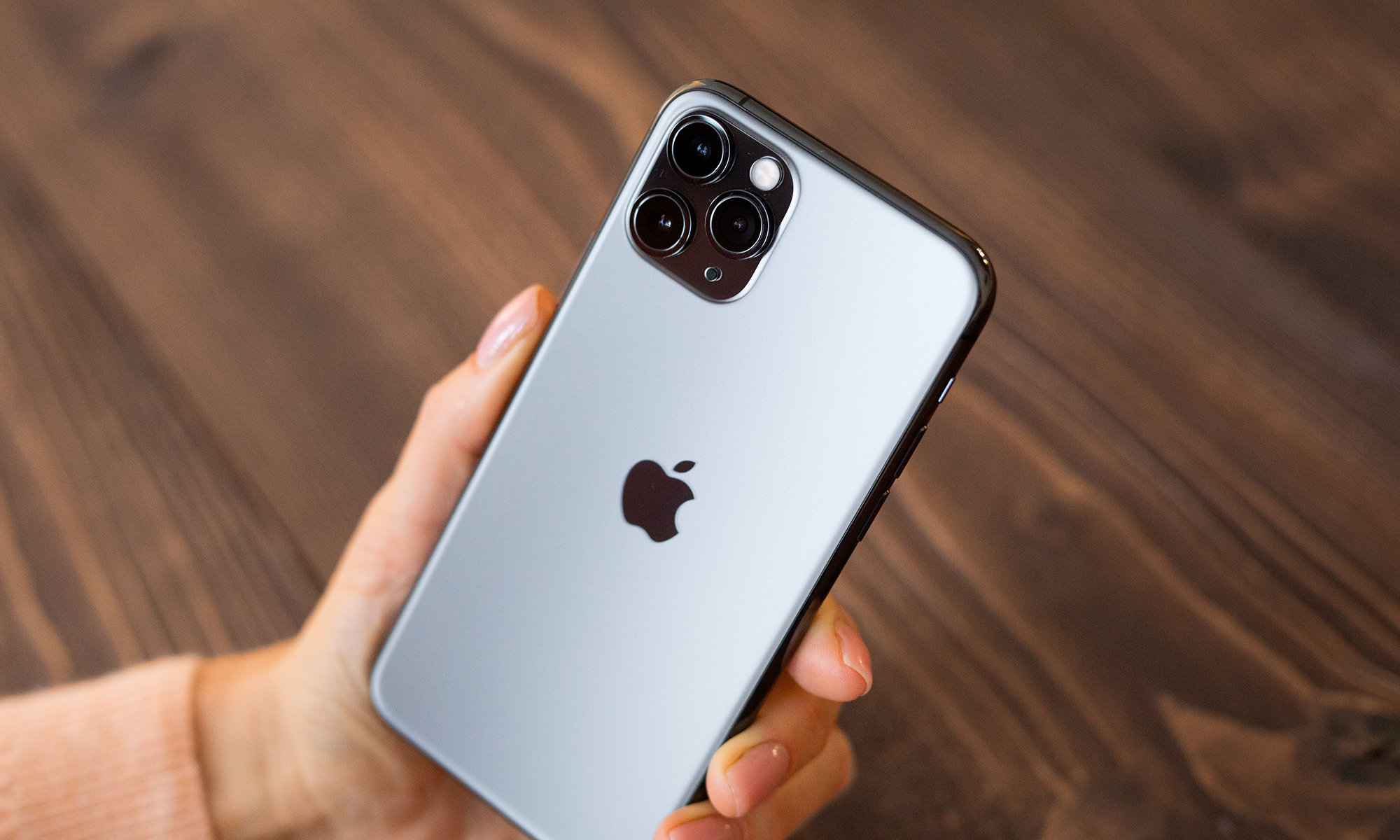Apple (AAPL 1.06%) introduced a host of upgrades for its iPhone operating system with the debut of iOS 14 to kick off the festivities at its first-ever online-only Worldwide Developers Conference (WWDC).
The features will be found across a wide swath of the iPhone's most familiar apps with many available immediately, while others will be part of a future upgrade. Here are a few of the most important improvements and what this latest upgrade means to investors.

Image source: Apple.
A reimagined iPhone experience
Apple introduced iOS 14, the latest operating system for the iPhone with numerous upgrades, representing the biggest update ever to the Home Screen. The most noticeable change is the ability to customize the view with widgets that can be pinned to each Home Screen page. The widgets come in a variety of shapes and sizes, and provide information and functionality for a few of the most used apps.
Another highlight is the addition of the App Library, a new space that appears at the end of the Home Screen pages and automatically organizes apps by category or area of interest in an easy-to-navigate view. As an example, streaming apps would all be clustered together in an "entertainment" group. The system also automatically surfaces the most used apps, so they can be accessed easily.
There are several other changes that deserve the spotlight. Incoming calls will no longer take over the entire Home Screen when the device is in use; instead, they will appear in a small, rectangular pop-up window at the top of the screen. iOS now offers picture-in-a-picture as well, which allows users to watch a video or take a FaceTime call while continuing to use another app.
An interesting innovation is that of the App Clip, a mini-app that can be used without a previous download and which will be available in a future update. Each App Clip is specific to a particular product or business that can be activated within a few seconds, with the help of near field communication (NFC) tags or a Quick Response (QR) code. This will allows users to complete specific tasks, like pay for coffee, add time to a parking meter, or rent a scooter, all without having to fully download the underlying app.
Building out existing apps

The new app library feature will be a time saver. Image source: Apple.
A number of staples on the iPhone have been given more robust capabilities. In Messages, users can now pin important conversations to the top of their Messages list, provide in-line replies to individuals in a group conversation, and customize groups and individuals using images or emojis. New Memojis offer more inclusive and diverse hairstyles and headwear. In a nod to the current pandemic, Memojis can also wear a face mask.
Maps also boasts additional features. In addition to the current transportation options of drive, walk, transit, and ride, Apple is adding cycling to the mix. Cycling directions will account for elevation, busy streets, and stairs that may appear along the route.
The Maps app will now also provide routing for compatible electric vehicles, identifying charging stops, or planning the route based on vehicle type, amount of charge, and charger type.
Other interesting features
The Translate app will offer translation for voice and text in 11 different languages and will show the responses side by side in landscape mode.
Siri also got an upgrade. The digital assistant will now be able to send audio messages and will run dictation on-device for messages, notes, and emails.
Users will soon be able to use the iPhone or Apple Watch to unlock and start participating cars with the use of the digital car keys feature, which will use NFC technology. The feature will also allow users to share digital keys with others.
Continued focus on privacy
Apple will now require all apps or websites to specifically obtain permission from the user before enabling tracking. Later this year, all products on the App Store will feature a summary of its privacy policy in easy-to-understand language. A new notification will advise users what type of data each app collects, whether it follows the user across apps, and whether or not it's being used to track them.
Additionally, users will have the option of sharing their precise location or simply providing their general whereabouts for app developers requesting location information.
Apple is also combating apps that attempt to secretly access the camera or microphone on the iPhone by adding a visual indicator that will let the user know if either is being used, which will also be part of a future update.
Investor takeaway
There wasn't anything groundbreaking in Apple's latest iOS upgrade, but it does continue the streak of incremental innovations that have made iPhone users among the most loyal smartphone users in the world. By improving a number of its most often used apps and adding new features, Apple is providing a little something for everyone, which will keep iPhone users coming back for more. It may also entice some of the holdouts to abandon their current brand and come over to Apple.
These upgrades, combined with the upcoming 5-G-enabled phones will likely entice millions of iPhone users to upgrade over the coming year, which will be music to the ears of Apple investors.






